This is the final post in a series about our road trip vacation to and from Illinois: Part One: On the way to Illinois; Part Two: In and Around Illinois; Part Three: On the way back to PA. If you’re on Instagram, I posted a daily photo round-up of our trip. Some of the visuals in these posts will be the same, but some will be different.
Here we go!
All good times must come to an end. Monday morning we started our goodbyes and took showers and loaded up the car then officially said goodbye as we headed toward central Illinois to meet up with a friend for lunch. Amanda and I were college roommates for a year and she was in our wedding, and I was so tickled that she could meet us for lunch.
We went to Avanti’s in Normal, IL, a regionally famous (I guess) Italian restaurant that Phil’s parents frequented when they were college students. They were only doing carry-out but we could order and then eat in the restaurant. This is a common practice we saw while on vacation. Restaurants are able to prepare and cook the food but don’t have enough help for table service. It’s okay. It works. Our son ordered a pizza burger that was essentially a meatball sub but he wasn’t complaining. Our daughter ordered cheese ravioli with pesto alfredo. Phil and I shared a gondola sandwich, which is a signature dish at Avanti’s.
We had a lovely visit, catching up and telling stories of recent travels, all while enjoying good food.
Then we headed on to Danville, IL, where we hit the jackpot with Roadside America sights. First, though, we drove through Kicakapoo State Forest on Amanda’s recommendation. It was a pretty drive and we saw two fawns along the road. We needed to stretch our legs and use the bathroom, so a walk around downtown Danville was in order. First, we stopped to see the Lindley Sign Post Forest, a collection of signs pointing to destinations all over the world.
Nearby was a mural depicting all the famous people from Danville (more than you’d think … Jerry and Dick Van Dyke and Gene Hackman among them).
Another block away was a brick sculpture of people of Danville.
Our next goal was to make it to Franklin, Indiana, before 6 p.m. Eastern (we were about to cross the time change line again) so we hustled. At one point while we were driving, Phil shouted, “Damn!” as we passed a literal actual dam, and we all roared with laughter because his timing was so spot on.
Why did we have to make it to Franklin before 6 p.m.? Because my friend Tiffany owns a bookshop there and I am Instagram obsessed with it and wanted to see it in person. If you’re ever near Indianapolis, please take the time to head to Franklin and visit Wild Geese Bookshop.
It’s a cute little shop (soon to be a cute bigger shop) with a wide variety of books and gifts. I told the fam that everyone could pick out one thing (easier said than done in a bookshop). We made some good selections and I enjoyed catching up with Tiffany in person. From there, we walked downtown to Greek’s Pizza and Tapp Room for dinner: pizza, breadsticks and beer (for the grownups). It was a good meal.
Then we drove some Indiana backroads to get back on the interstate toward Cincinnati, our destination for the evening.
Our hotel choice for the evening left a few things to be desired. The parking lot did not instill a lot of warm, fuzzy feelings in us. There were broken down cars without windshields on the lower level of the lot, so we parked ourselves on the upper level, under a light, next to a contractor’s truck and took as much of our stuff inside as we could manage. At check-in, we were given a room on the sixth floor, but when we got to it, the door was slightly open and I thought I heard sounds. So, we hauled our stuff back to the lobby and asked for a different room. The desk clerk gave us a room on the seventh floor, and we could see our car from there. The room itself was nice, and since we were just looking for a place to sleep, it worked out fine, after our anxiety calmed down a bit. Next time, I’d probably spend a little bit extra on a different hotel in downtown Cincinnati. Live and learn.
Breakfast the next morning was grab ‘n’ go, so Phil and our daughter went down to get four bags. We had breakfast in bed, which sounds a lot more glamorous than it really was. We left the hotel a little after 8:30 to drive across the river to Covington, Ky. to park and view the Roebling suspension bridge.
We found parking in a lot nearby and walked down to the river to see the bridge from below. In our first year of marriage, Phil read The Great Bridge by David McCullough, which is all about the building of the Brooklyn Bridge. Since then, he’s been fascinated by the Brooklyn Bridge and all bridges engineered by John Roebling.
This particular bridge is currently closed to traffic but pedestrians are still able to use it, so we walked across the bridge. Some of us found this more fun than others. I like to tell people we walked to Cincinnati and back, but I forgot to track the mileage so I have no idea how far it actually was.
Next up: the William Howard Taft National Historic Site, also in Cincinnati. Unless you’re into presidential history, you probably know Taft as “the fat one,” right? I’m so glad we visited this site because he was a fascinating man. We watched a short movie about Taft’s parents and his early childhood in the home we were about to tour, then took a self-guided tour through the home. A ranger was available to answer our questions, and boy, did we have questions.
Here are some things we learned:
– First Lady Nellie Taft planted the first cherry trees in Washington, D.C. This had me thinking about legacy and the things we do today that outlive us.
– President Taft added 10 national parks/public areas during his presidency and signed two states into statehood
– a lot of Tafts went to Yale
– the bathtub … our son wanted to go to the Taft house because of the story about Taft getting stuck in a White House bathtub. There was a little bit of information there about it: the White House did install a bigger bathtub, but there was no explicit statement that it was because Taft got stuck; at the time of his presidency, he did weigh 335 pounds
– But he was always a big guy; his nickname as a kid was “Big Lub”
– Taft started the federal income tax and when he was chief justice of the Supreme Court after he was president, he streamlined the workload and gave the Court the ability to choose which cases they would hear; he also chose the architect for the Supreme Court building as we know it today
– as Secretary of War, he oversaw the construction of the Panama Canal
– he was the last president to have a family cow
When we had finished there, we went to Raising Cane’s for lunch. It’s a chicken joint with a super simple menu–three of us had chicken tenders and one of us had the chicken tenders on a sandwich. The tenders came with fries, cole slaw and Texas toast. We ate outside, fending off birds.
On the way out of town, we drove past the house that William and Nellie had had built when they moved back to Cincinnati. I got the address from a ranger. I thought maybe it was a private residence, but as we drove past, it was clear that it’s in some disrepair and maybe undergoing renovation. I hope someone is able to save it.
We headed to Columbus, Ohio, next for the Topiary Garden at the Old Deaf School Park. The topiary is a re-creation of the Georges Seurat painting, “A Sunday Afternoon on the Island of La Grand Jatte.”
It’s been a long time since I’ve been in an art museum, so this was a delight. Phil said it had a Mary Poppins feel to it, like the painting had come to life. It was so neat to have a 360-degree view of the scene in the painting. Unfortunately the gift shop at the park was closed. Maybe we’ll have to come back. I don’t know what Columbus is like overall, but this was a pretty area and a nice place to stretch our legs.
On to Zanesville, Ohio for another roadside attraction: Vasehenge, a circle of ceramic vases that are probably 7-feet tall. Apparently Zanesville used to be a ceramics capital. Bees were living in a couple of the cracked vases, but this was still a fun little stop. Our son stood on one of the empty squares to pretend he was a vase. I guarantee you he couldn’t stand still long enough for anyone to make that mistake.
We crossed the famous Y-bridge in Zanesville, which was part of the National Road, a historic landmark we would learn more about the next day. Our dinner stop was in Triadelphia, W.V. (we were just trying to hit ALL the states on this trip) at The Hillbilly Snack Shack, which sounds exactly like its name.
You know in movies when an out-of-towner walks into a bar and the music stops and everyone looks at the person who entered? That’s a little bit how we felt walking in. We wanted to sit outside, so we ordered at the counter and paid for our food and then went outside.
I had an anti-pasta salad (that’s what it said on the menu), which was lettuce with Italian neats, provolone cheese, mushrooms and olives with an Italian dressing. Our daughter had a lemon pepper chicken wrap. Our son had a bacon cheeseburger. Phil had something called an oilfield trash burger. All good and greasy.
And just like that, we were back in Pennsylvania. Interstate 70 is fun because there’s just this tiny little strip of West Virginia that you drive though from Ohio to PA. We stopped at the welcome center so we could get our photo with the sign where it all started 13 years ago. Then we headed back to Uniontown, PA, but to a different hotel than where we stayed at the beginning of our trip. It was a much better experience than our previous night. We watched the Olympics until it was time for bed.
Wednesday, the last day of our trip, we headed to nearby Fort Necessity National Battlefield.
Breakfast at the hotel was a little bit disappointing for me (I could not eat another bagel) so I ordered Panera and went to pick it up. It was the first time I’d driven the car in 12 days. We got to the battlefield a little bit after the visitor center opened and watched a 20-minute video about the site. Then we walked through the lengthy display in the visitors center about Fort Necessity and the National Road. SO much to take in. My daughter and I walked through a little more quickly than the boys and learned there would be a ranger-led tour of the site, so we gathered the rest of our crew and let the ranger tell us about the significance of the site.
To sum up (I’ll try): George Washington (yes THAT one) is in the Virginia regiment trying to build a road through the mountains when he gets in a skirmish with the French and an important Frenchman is killed. (There’s some dispute about who fired first in this skirmish.) His brother (the dead Frenchman’s) gathers troops and goes to find Washington’s militia to enact revenge. Washington is camped at what we now know is Fort Necessity. They fight for 9 hours. The French say they want to talk and send a letter for Washington to sign, ending the battle. The ink is smudged and Washington’s translator is Dutch so they miss the part of the letter where Washington claims personal responsibility for the death of the Frenchman. Afterwards, the British declare war on the French and go on to fight the war we call the French and Indian War (but in Britain and maybe the rest of the world it’s known as the Seven Years War). After that war ends, King George decides he needs some money to fund his new empire, so he starts taxing the colonists across the pond because in his mind, they started the war. The colonists don’t like it. They rebel, declare independence and BOOM! we’ve got ourselves the United States of America.
(Please understand this is wildly simplified and probably only three-quarters accurate.) My biggest takeaway is that this little battlefield seems insignificant but it was a spark that eventually flamed into independence. The weight of that felt heavy as we walked around the encampment. It’s a small, defensive structure, reconstructed because the French burned it after the battle. In the visitor center displays, there are pieces of the original fort uncovered during archaeological excavation. Seeing artifacts is one of my favorite things–it’s like proof of life from the past.
Albert Gallatin’s name popped up again–he was an advocate for the National Road (currently U.S. Route 40 that starts in Cumberland, Maryland and ends in Vandalia, IL. It’s a someday dream of mine to travel these cross-country roads, like this one and U.S. Route 30 to see days-gone-by areas of our country). We learned that the word “turnpike” originated with the National Road. Tollbooths were set up at regular intervals and a pike, or log, was set across the road. Once the toll had been paid, the pike was turned so the carriage could pass. Thus, “turnpike.”
We paid a quick visit to Mount Washington tavern, which is also on the site, an 1800s era building reflecting what it was like when travelers on the National Road would stop in. The building is more than 90 percent original. Fodder for my imagination.
To get back to the current turnpike, we drove some backroads through the Laurel Highlands, another area we’d like to spend more time in someday. We made it to Somerset and grabbed Arby’s for lunch. I was hangry and this point and Phil and I got in a small conflict over things that were said when I was hangry. We ate in the car and followed the turnpike home to Lancaster.
Thanks for following along on this vacation journey!
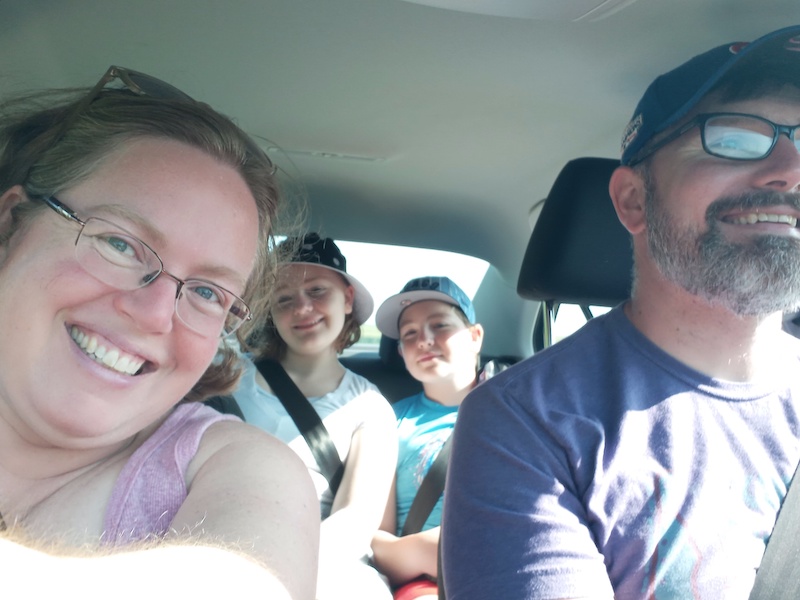

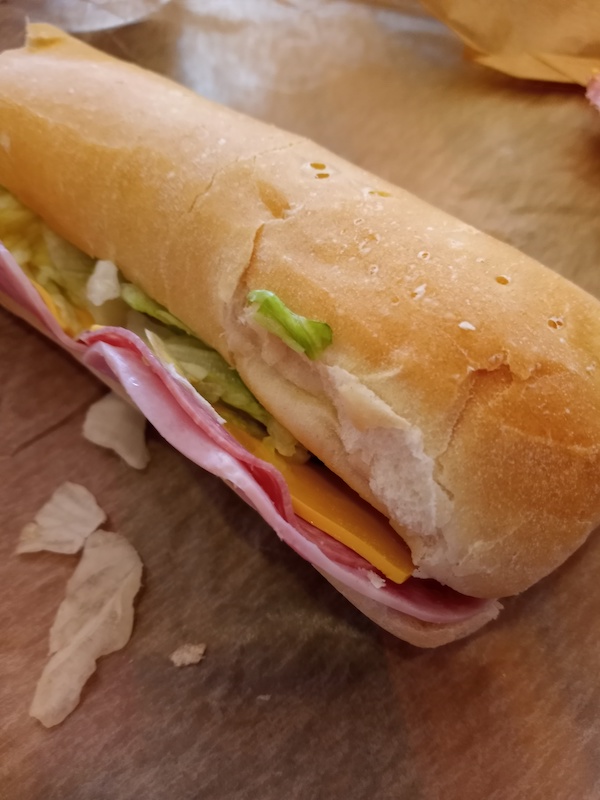
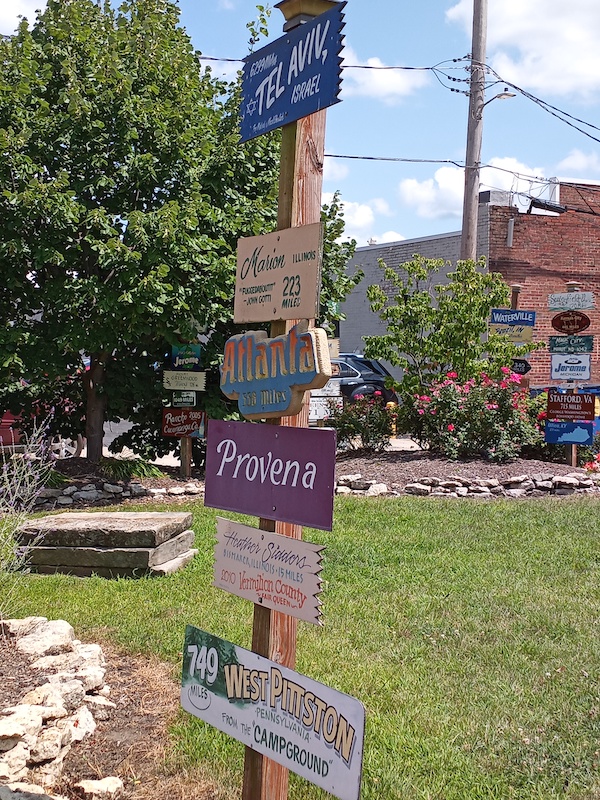
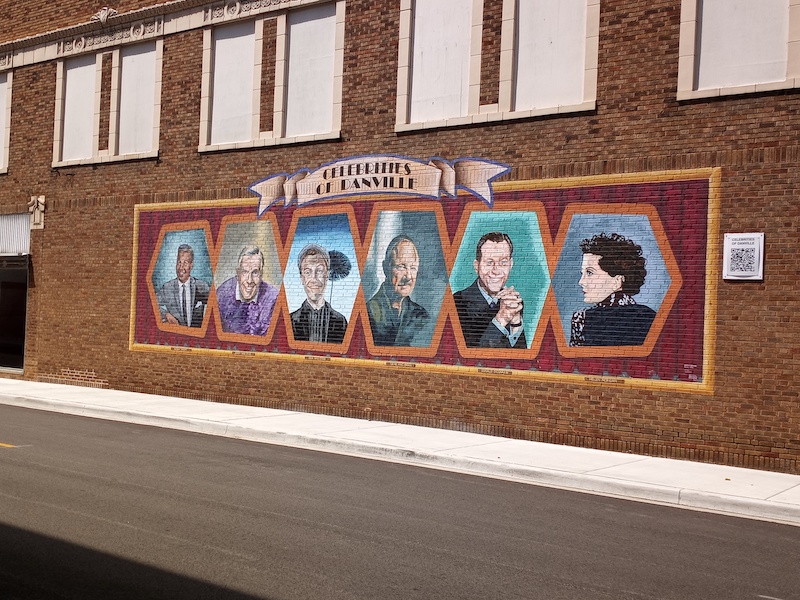
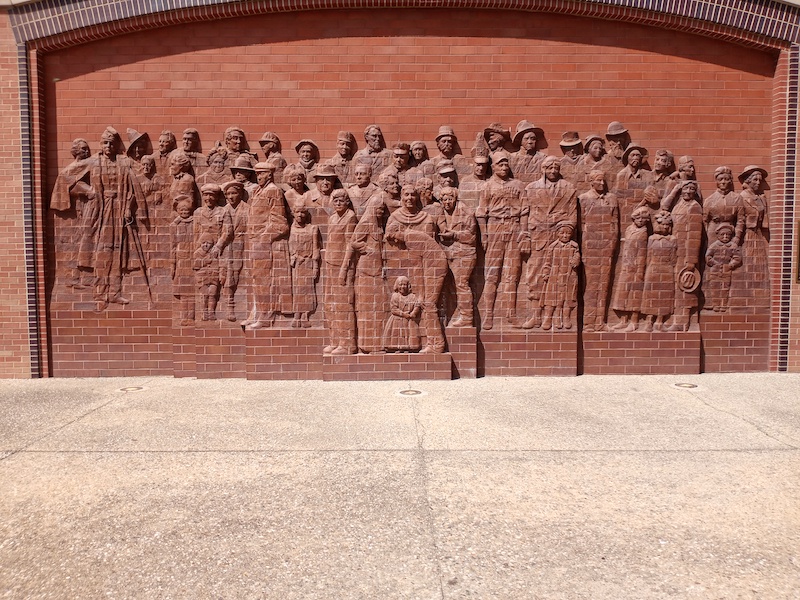
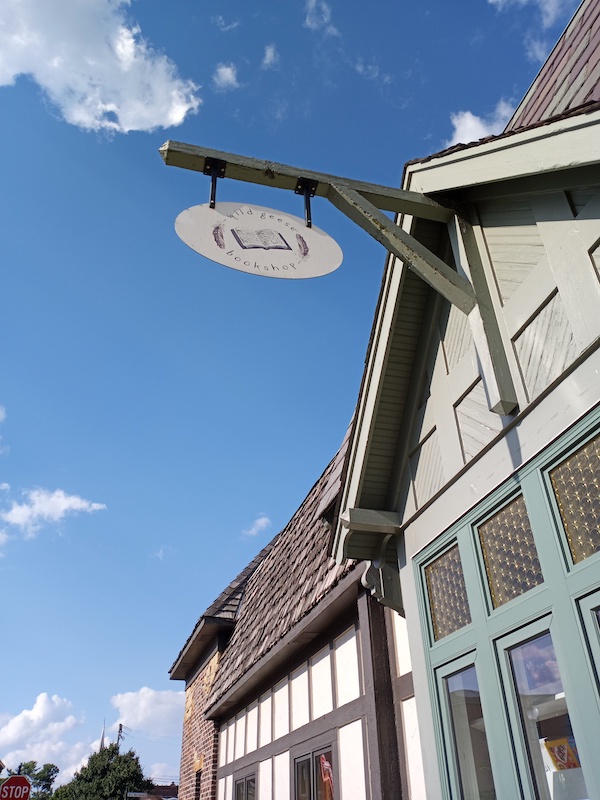
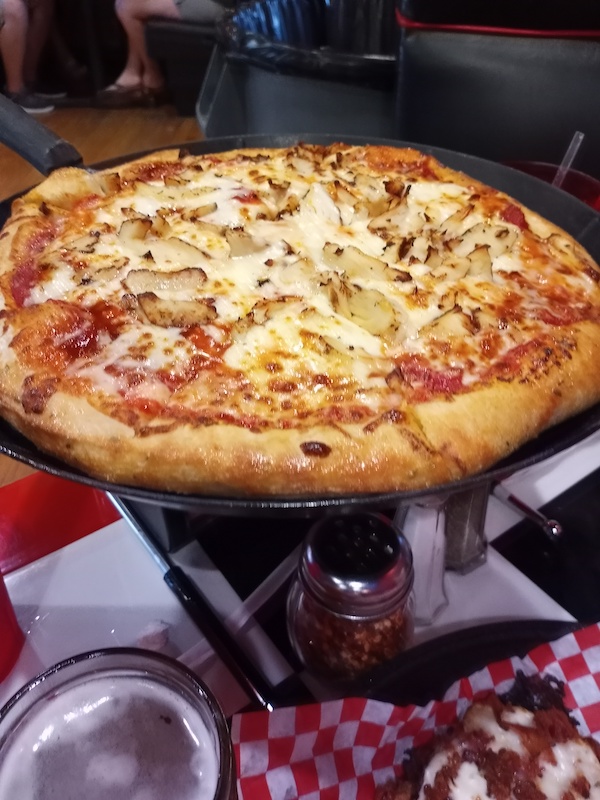
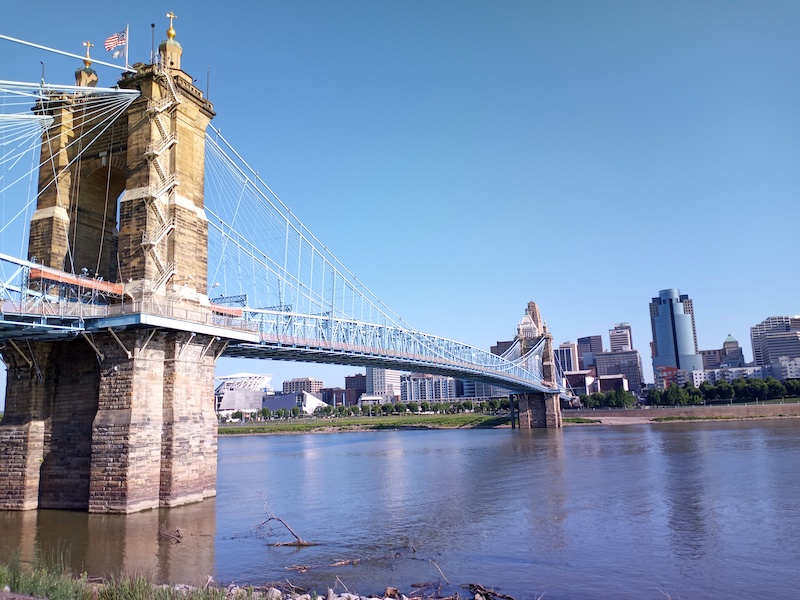

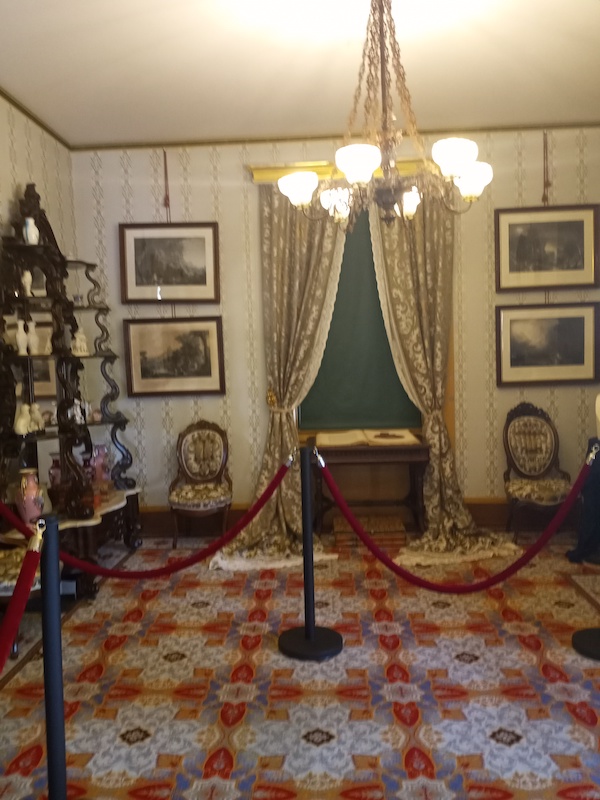
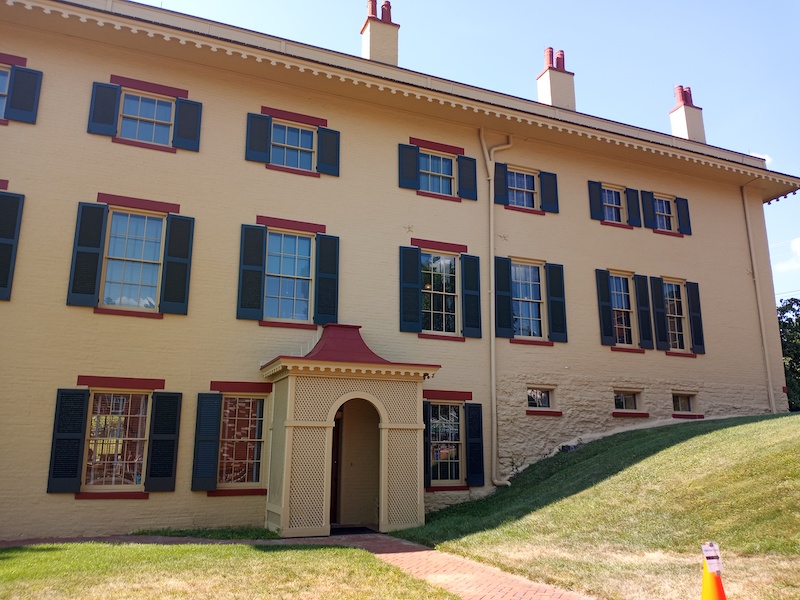
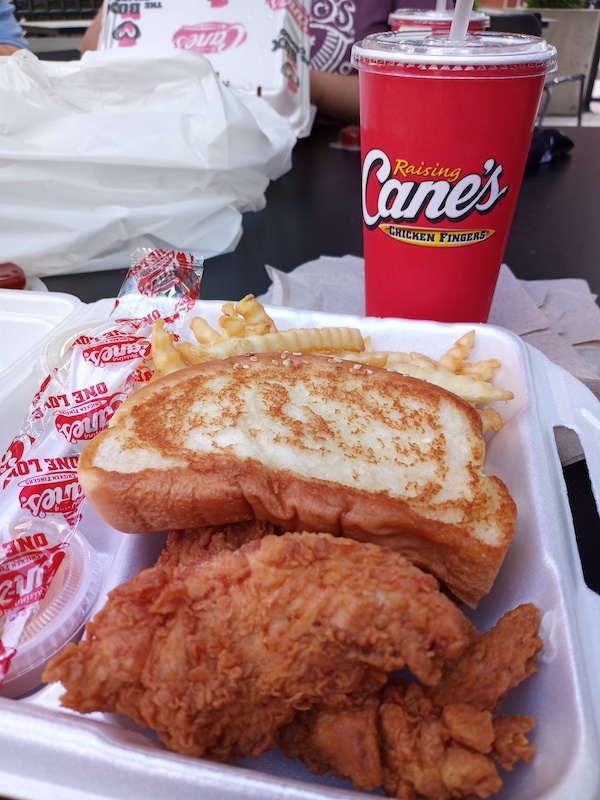
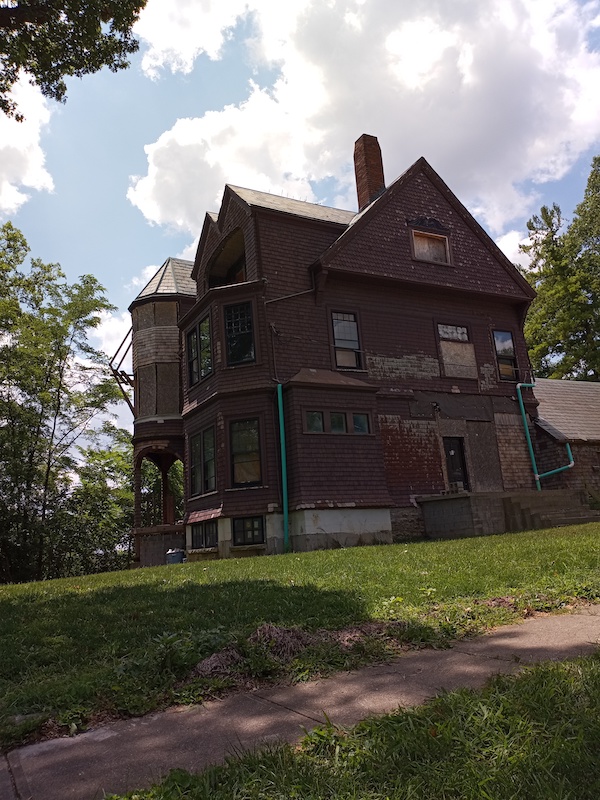
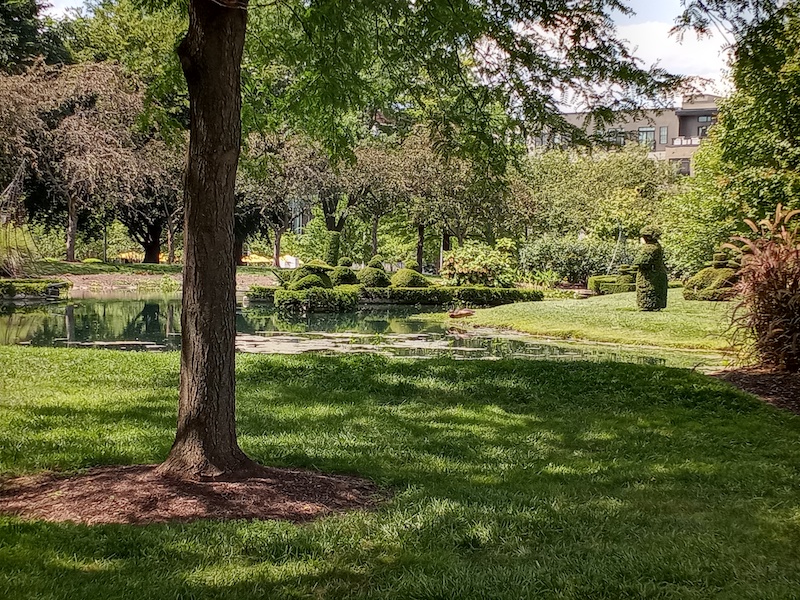
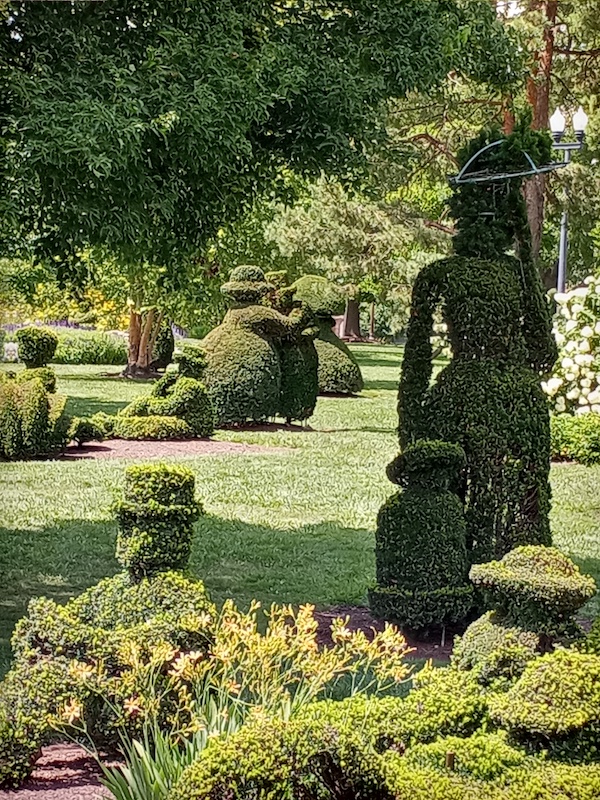
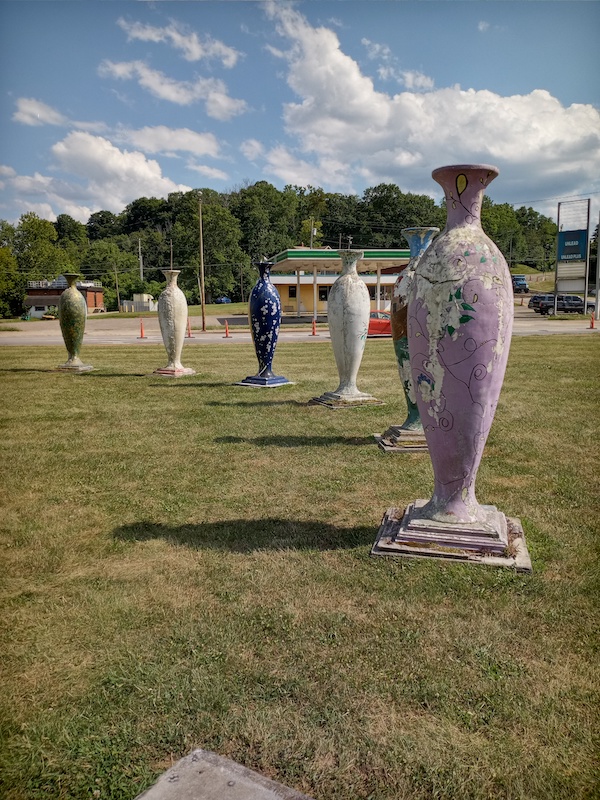
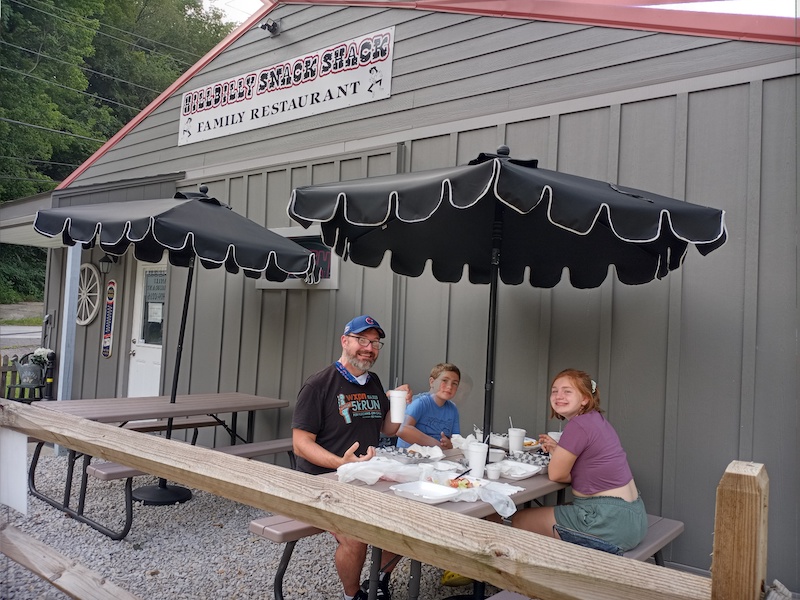
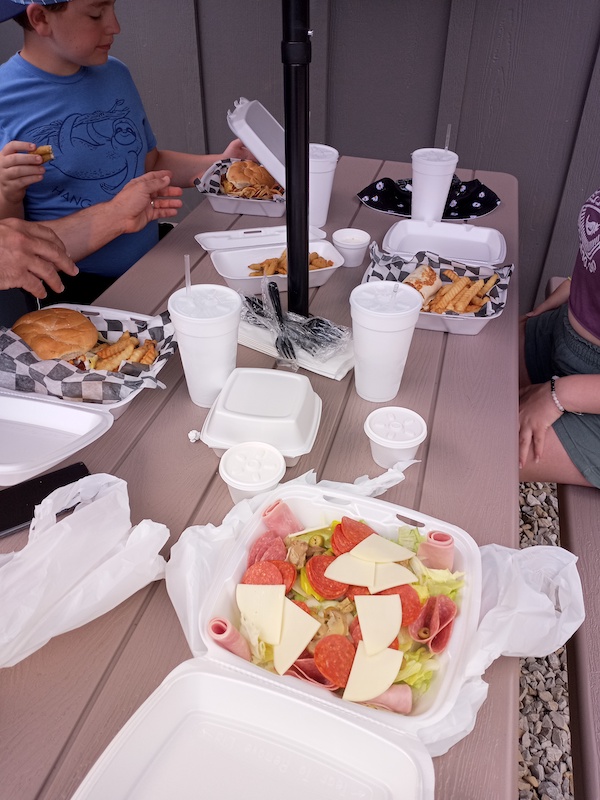
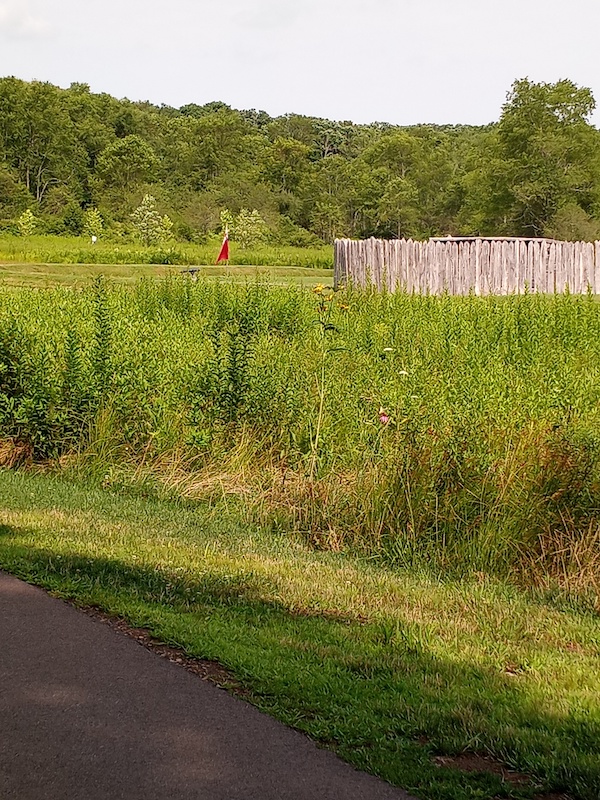
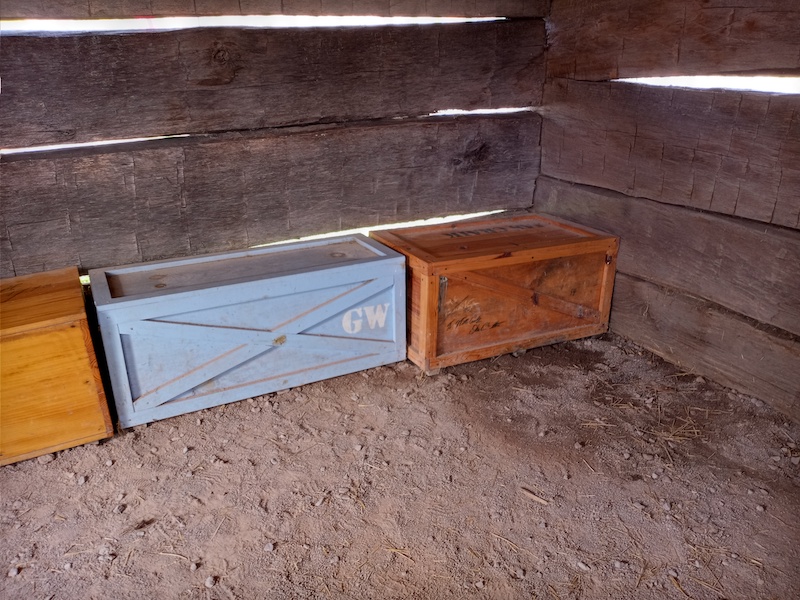


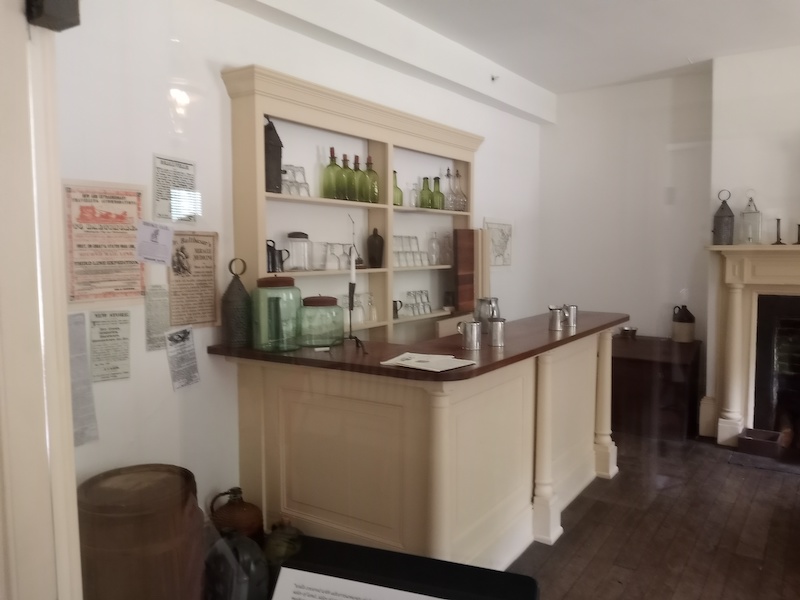
Leave a Reply